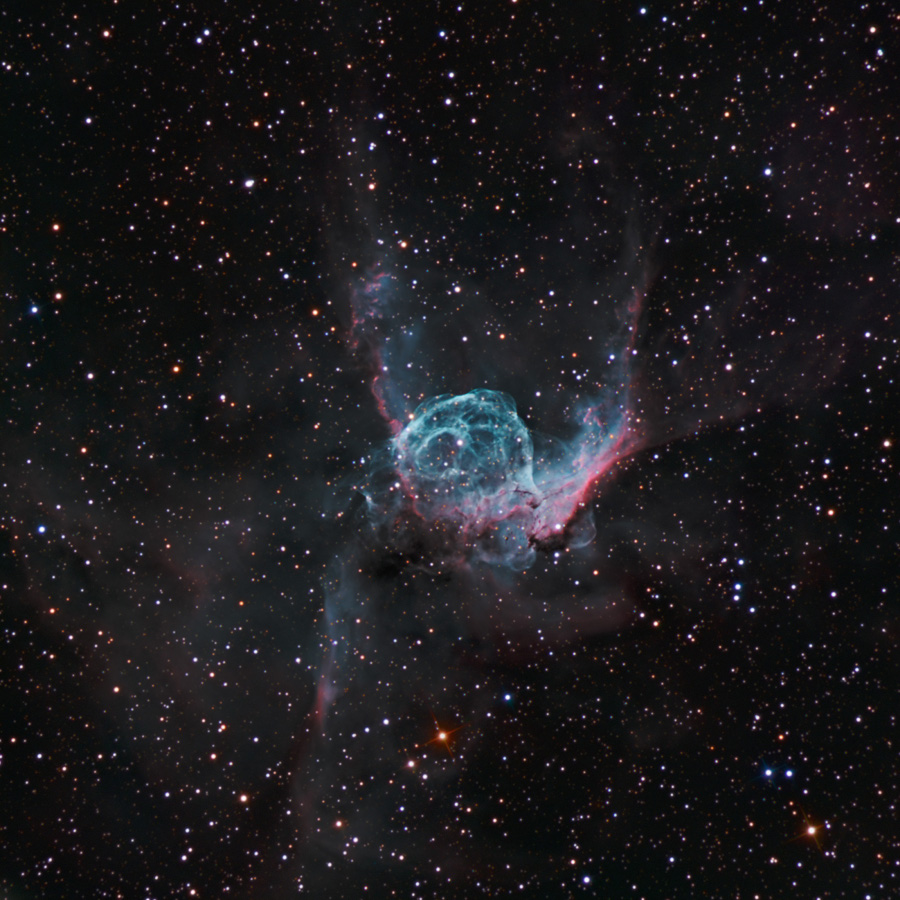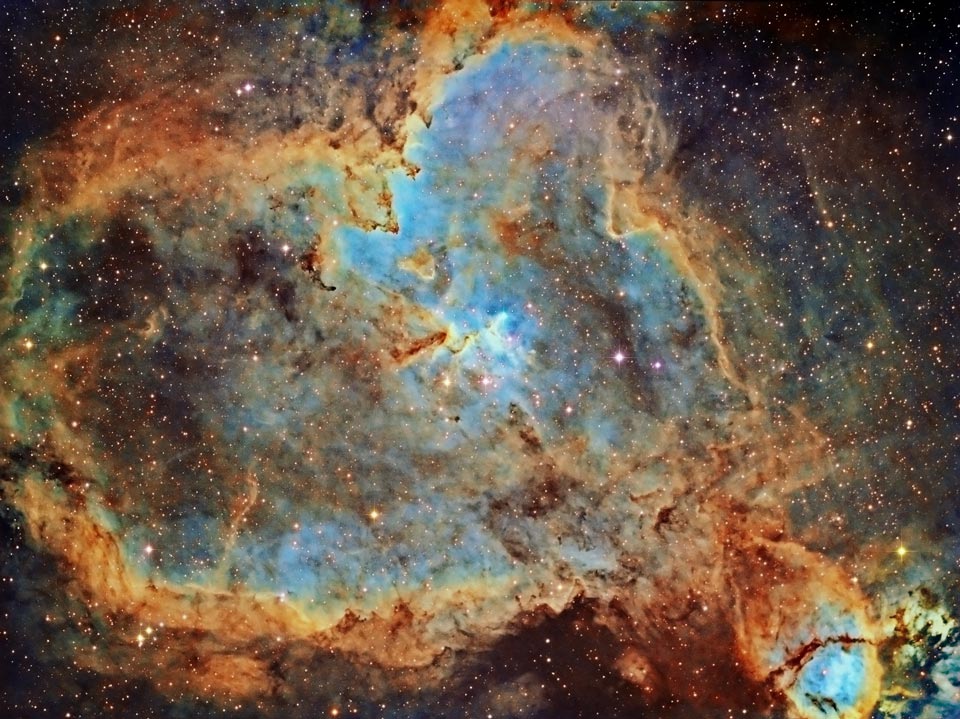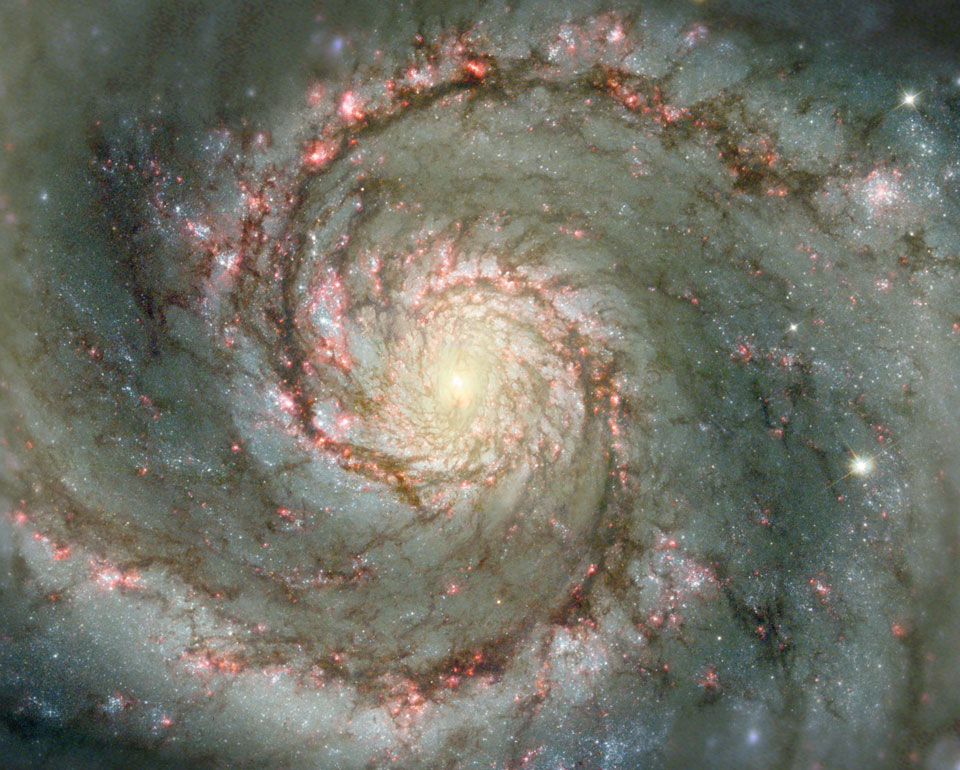Thursday, March 28, 2013
Apod 3.8
This is an image of the spiral galaxy NGC 3169. It is 70 million light-years away. The galaxy appears to be unraveling, which appears to be a fairly common occurrence. The total distance of this image is 400,000 light-years.
Q3 Observations
2/25 (8-10 pm): The moon phase was full. I had an easy time viewing stars because the skies were almost completely clear.
Constellations spotted:
3/21 (8-10 pm): Was able to see Jupiter. Sky was very clear.
Constellations spotted:
3/19 (8-10 pm): Moon phase was first quarter. Sky was a little bit cloudy.
Constellations spotted:
Constellations spotted:
Constellations spotted:
- Orion
- Taurus
- Lepus
- Columba
3/21 (8-10 pm): Was able to see Jupiter. Sky was very clear.
Constellations spotted:
- Ursa Minor
- Ursa Major
- Perseus
- Cassiopeia
- Andromeda
3/19 (8-10 pm): Moon phase was first quarter. Sky was a little bit cloudy.
Constellations spotted:
- Eridanus
- Auriga
- Orion (started with Orion's belt)
- Taurus
- Lepus
- Monoceros
- Canis Major
Constellations spotted:
- Orion
- Lepus
- Canis Major
- Monoceros
Friday, March 22, 2013
Apod 3.7
This cosmic cloud is called Thor's Helmet. It is about 30 light-years across. The Helmet can be compared to a giant bubble. The star at the cloud's center is called the Wolf-Rayet star.
Friday, March 15, 2013
Apod 3.6
This is an image of the emission nebula IC 1805 which is 200 light-years across. It has been nicknamed the Heart Nebula. The center of the nebula is home to a star cluster called Melotte 15 which is 1.5 million years old.
Friday, March 8, 2013
Apod 3.5
This is the Whirlpool Galaxy. A classic spiral galaxy. It is 30 million light years away from Earth and 60 thousand light years across. The galaxy is also known as NGC 5194 or M51. Its spiral structure is primarily due to its gravitational interaction with a smaller galaxy which is above where the image takes place.
Wednesday, March 6, 2013
Q3 Biography
Simon Newcomb was born on March 12th, 1835. He was born in Wallace, Nova Scotia to Emily Prince and John Newcomb. He spent most of his young life moving around Canada with his family. He recieved almost no formal education except for lessons from his father and an herbalist named Dr. Foshay. Newcomb's father was a teacher, so he was able to build a fairly strong foundation considering his lack of school attendance. At age 16, Newcomb started his apprentiship with Dr. Foshay. He worked with the doctor for two years, learning to treat illnesses with herbs, but was not happy with his line of work. He broke his contract with Foshay and walked to Maine, where he took a ship to Salem, Massachusetts. After arriving in Massachusetts, Newcomb met his father again and moved to Maryland with him.
From 1854 to 1856, Newcomb taught at a local school, studying mathematics and astronomy on his own time. Newcomb worked as a "human computer" for a few years to sustain himself. In 1861, Newcomb became a professor of mathematics and an astronomer at the U.S. Naval Observitory in Washington D.C. During his time there, he became interested in planetary motion and worked towards measuring the position of planets in order to help travelers with navigation. Newcomb visited Paris in 1870, where he realized that a highly regarded table of lunar positions was almost entirely incorrect. Later that same year, he published a corrected table.
The Harvard College Observatory offered Newcomb a spot, but he declined. By 1875 he had decided that he wanted to focus on mathematics instead of astronomy. However, in the early 1880s, Newcomb worked towards a more accurate strategy of measuring the speed of light.
From 1854 to 1856, Newcomb taught at a local school, studying mathematics and astronomy on his own time. Newcomb worked as a "human computer" for a few years to sustain himself. In 1861, Newcomb became a professor of mathematics and an astronomer at the U.S. Naval Observitory in Washington D.C. During his time there, he became interested in planetary motion and worked towards measuring the position of planets in order to help travelers with navigation. Newcomb visited Paris in 1870, where he realized that a highly regarded table of lunar positions was almost entirely incorrect. Later that same year, he published a corrected table.
The Harvard College Observatory offered Newcomb a spot, but he declined. By 1875 he had decided that he wanted to focus on mathematics instead of astronomy. However, in the early 1880s, Newcomb worked towards a more accurate strategy of measuring the speed of light.
Friday, March 1, 2013
Q3 Biography sources
http://www.phys-astro.sonoma.edu/brucemedalists/newcomb/index.html
http://www.physics.csbsju.edu/astro/newcomb/SNewcomb.html
http://www-history.mcs.st-andrews.ac.uk/Biographies/Newcomb.html
http://www.physics.csbsju.edu/astro/newcomb/SNewcomb.html
http://www-history.mcs.st-andrews.ac.uk/Biographies/Newcomb.html
Subscribe to:
Comments (Atom)



